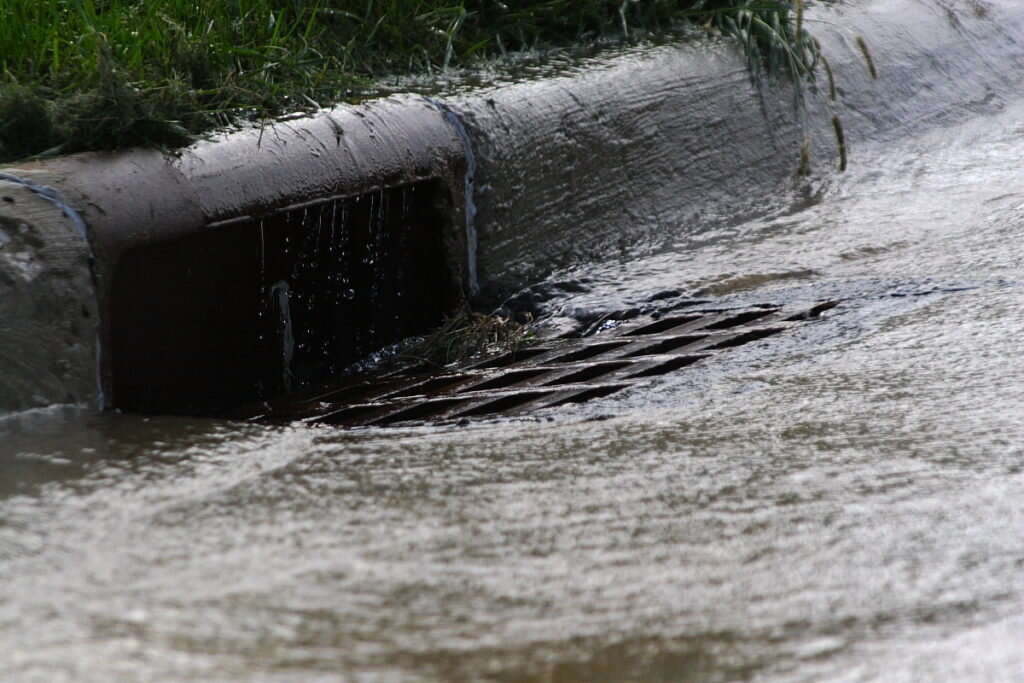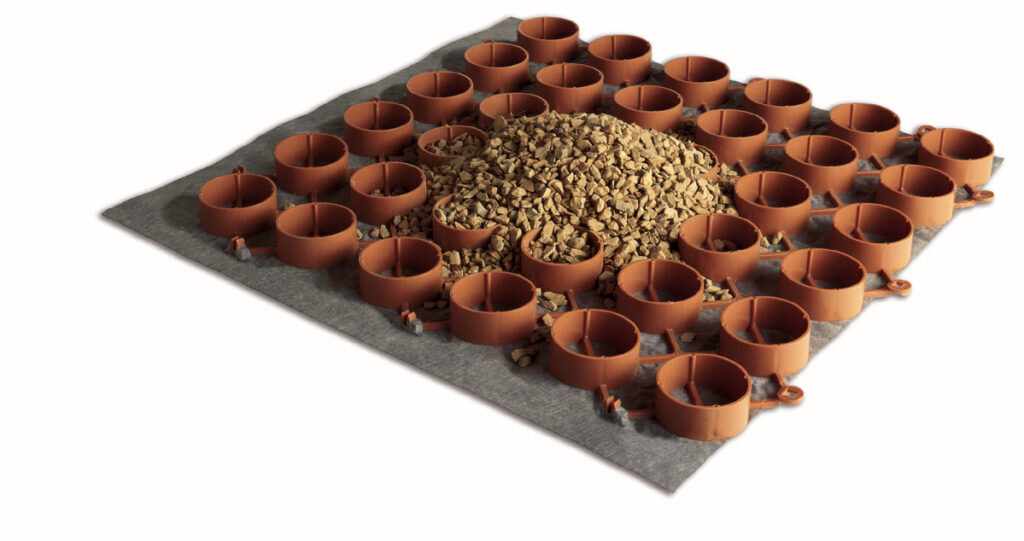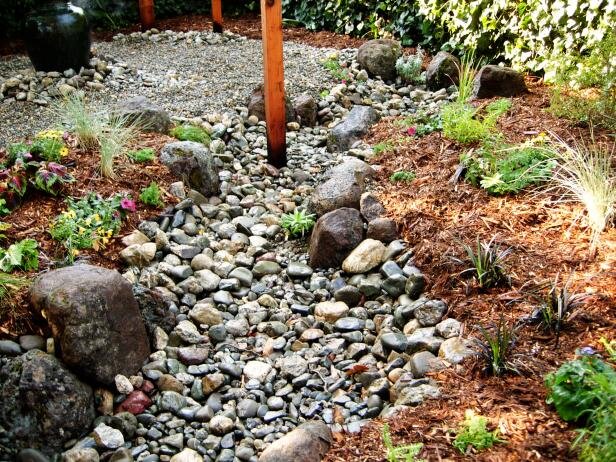Truckee River-Friendly Landscaping Part 2: Slow the Flow
Even though we live in a desert, from the Truckee River to Swan Lake, our area is no stranger to flooding. And since this year has been unusually wet, it seems fitting to talk about how everyone in our community can help alleviate flood risk while keeping our watershed healthy.
A youngster makes his way across First Street in Reno on Jan. 2, 1997. That flood caused $700 million in damage. DAVID B. PARKER/RGJ
So in this blog, the second in our River-Friendly Landscaping Series (here's number one!), we’re talking about how you can slow the flow and keep water onsite. But first, you need to know a bit about impermeable surfaces.
Impermeable What?
The Truckee Meadows is becoming an increasingly urbanized area, and with development comes impermeable surfaces (this a fancy way of describing non-porous surfaces that don't allow water to percolate into the soil as it does naturally) from new roads and parking lots.
What’s the Big Deal?
Obviously roads and other paved surfaces are a necessity of modern society, but there are some trade-offs. In a natural setting, like the left graphic below, most precipitation will either infiltrate into the soil or be used by the surrounding vegetation. Therefore, there will be very little water runoff from the surface. But in an urban setting, like the right graphic below, there are lots of impermeable surfaces and the majority of precipitation will become urban runoff. Since all that water can’t sink through the concrete, it will need somewhere to go.
That’s where storm drains come in (check out our Stormwater 101 blog). Storm drains convey the water from our streets and direct it to adjacent waterways so the streets don’t flood. This is a lot of water and it moves through pipes quickly, and when high volumes of water flow at high velocities into a stream channel they can cause a lot of damage!
Urban Stream Syndrome - Now That’s a Sick River
Because the water flows through the storm drain system in such high volumes and at such high velocity, it erodes the soil away, creating deeply incised channels. Natural stream channels have a low-flow channel and floodplains with lots of healthy trees and vegetation.
With incised channels, the banks are prone to failure, the plants have no access to water despite being right next to it, and there are no floodplains. Hydrologists often call this urban stream syndrome.
In addition to eroding stream banks, storm drains have also been known to clog and backup, causing flooding. Also, because we live in the high desert, we’re prone to flash rain events (especially in the later summer months) with substantial precipitation in a short period of time. When this happens, storm drains can be overwhelmed and cause flooding.
How can River-Friendly Landscaping help?
River-Friendly Landscaping can help reduce flooding and keep our river healthy by slowing the flow of water and keeping it onsite. Here are a few strategies to consider:
Permeable Paving
There are lots of new paving technologies on the market that allow water to flow through, keeping water onsite while still maintaining a durable paving surface.
Gravelpave2 - this grid system keeps gravel locked in place, making it neat and tidy and durable enough to push wheelchairs and strollers across
Gravelpave2 has been tested as a wheelchair accessible surface (ADA) for use in public spaces such as the Pentagon Memorial, Arlington, VA.
Permeable Pavers - these are similar to conventional interlocking concrete pavers, but they have larger gravel-filled joints between the pavers and a gravel base layer underneath. They allow water to flow around the pavers and infiltrate through the layers of gravel.
https://www.youtube.com/watch?v=jKH4f6JmdO4
Pervious concrete - this is concrete mixed without sand, leaving larger pore spaces for water to pass through.
Rain barrels
Assembly Bill 138, passed in 2017, made residential rain barrels legal in Nevada. Rain barrels can be placed under your downspout to collect rainwater for later use. Connect a hose to the spigot at the bottom, and it’s a great way to water all those potted plants on the patio!
Rain gardens - a garden in a small depression that is intended to capture water and allow it to infiltrate into the soil.
Flickr photo courtesy US Department of Agriculture
Dry swales - this is a depressed area in your yard that mimics a dry creek, usually it’s rock lined.
So as you start working on your design for your new River-Friendly Landscape, consider adding features that help slow the flow and keep water onsite. Stay tuned for more River-Friendly Landscaping tips.









